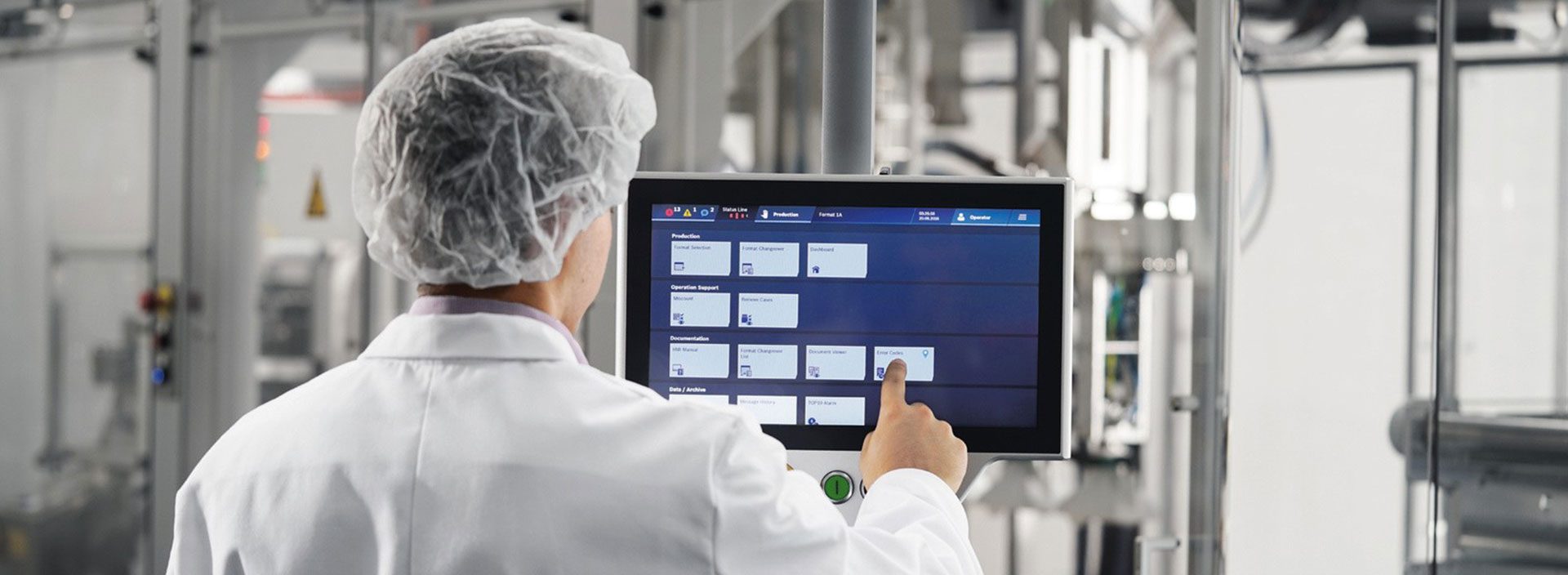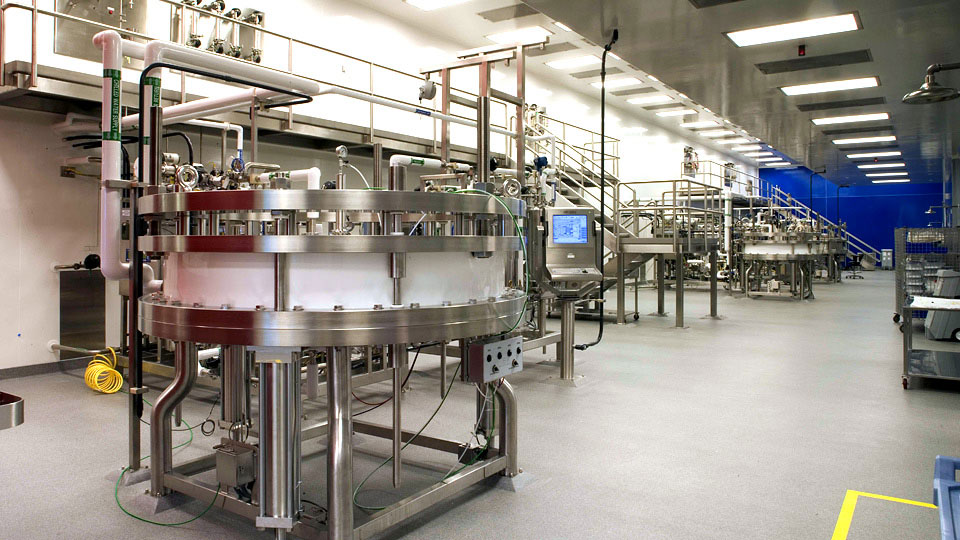




Animal feed has long been recognized as a potential source of danger in processed animal food products. The feed production sector has a responsibility to ensure that consumers are adequately protected. Therefore, the quality of feed plays a vital role. GMP Good Manufacturing Practices System for the Feed Industry is a way to achieve this goal.

This system has been developed to create a feed safety system for animals taking into account animal health and environmental issues in order to minimize risks to human health. It also takes into account the relevant aspects of international requirements to ensure food safety.
It also outlines minimum hygiene and sanitation standards as well as quality assurance and feed safety standards within the framework of legal regulations in force. It is essential to produce safe, clean and healthy foods of animal origin.
Animal feed plays a leading role in the global food industry, which enables the economic production of animal products worldwide. Produced feeds are used in food, fiber and similar forms to feed animals under a wide variety of agricultural conditions.
For efficient and intensive production of meat, milk, eggs and other foods, blended and balanced feeds should be used. Safe feed products need to ensure adequate food security at all stages of growth and production, ensuring that farms maintain food safety, reduce production costs, maintain or improve food quality and consistency, and improve animal health and welfare.
Likewise, by providing only the required amount of bioavailable dietary nutrients, the potential for pollution from animal waste is reduced. The GMP system should be used together with well-planned and efficient waste management systems to ensure environmental safety.
Food safety hazards associated with animal feed are of biological, chemical or physical origin. The extent of the hazard depends on its source, mode of transmission and exposure time. Therefore, risk management must be based on a complete basis. Hazards also arise from source materials as well as contamination of products during transport, storage and transportation.
GMP Good Manufacturing Practices System for the Feed Industry provides numerous benefits to businesses operating in this field. For example, businesses with GMP feed safety certificate prove internationally that they produce quality products. The GMP standard also includes other national and international standards and allows businesses to focus on risk assessment and quality production.
Businesses that hold the GMP Good Manufacturing Practices System Certificate for the Feed Industry have the power to offer their products and compete all over the world. This document strengthens the reputation of businesses.
At the same time, this standard complies with other national and international programs and can be easily integrated with other systems.
Finally, an advantage of certification is that it increases traceability in the feed production chain. In this way, it is ensured that safe, healthy and high quality animal feeds are produced and delivered to farms that produce animal products under safe conditions.
By applying the GMP Good Manufacturing Practices System for the Feed Industry criteria, the effects of antimicrobial use in animals on food safety are reduced. A number of newly recognized undesirable substances such as melamine, dioxins and dioxin-like polychlorinated biphenyls (PCBs) are being pursued. The presence of genetically modified organisms, plants and enzymes in the feed is checked. Side effects of new technologies used in feed production, such as biofuel production, are monitored. On the other hand, new technologies such as the use of nanotechnology products in feed are developing, better aquaculture feeds are sought for the aquaculture industry, and undesirable substances and microorganisms in feed need to be detected.
The following criteria are used to identify hazards threatening feed within the framework of the GMP system: the relevance of the hazard to human health, the degree of occurrence of the hazard and the impact of the hazard on international trade in the field of food and feed.
GMP Good Manufacturing Practices System for the Feed Industry requires the protection of feed and feed ingredients from contamination with harmful substances or chemical, physical or microbiological contaminants or other objectionable substances during production, use, storage and transportation.
The feeds must be in good condition and meet generally accepted quality standards. Where appropriate, the principles of Good Agricultural Practices, Good Production Practices and HACCP Hazard Analysis and Critical Control Points should be followed to control hazards in foodstuffs. Potential sources of pollution from the environment must be considered.
Feed additives must be obtained from safe sources and their components subjected to a risk analysis. In particular, feed additives manufacturers should provide clear information to the user to ensure correct and safe handling. Monitoring of feed ingredients should be performed using risk-based protocols. Feed ingredients must comply with acceptable standards for pathogens, mycotoxins, pesticides, and unwanted substances that may cause health hazards to consumers.
First, it is determined whether the organization meets the mandatory requirements of the standard and whether to proceed to the next stage.
It is checked whether necessary procedures and audits have been developed and your institution's readiness for evaluation is reviewed.
The findings that arise in the first two stages are evaluated and after all corrective actions are reviewed, document preparation is started.
To get an appointment, to get more detailed information or to request an evaluation, you can ask us to fill in our form and reach you.